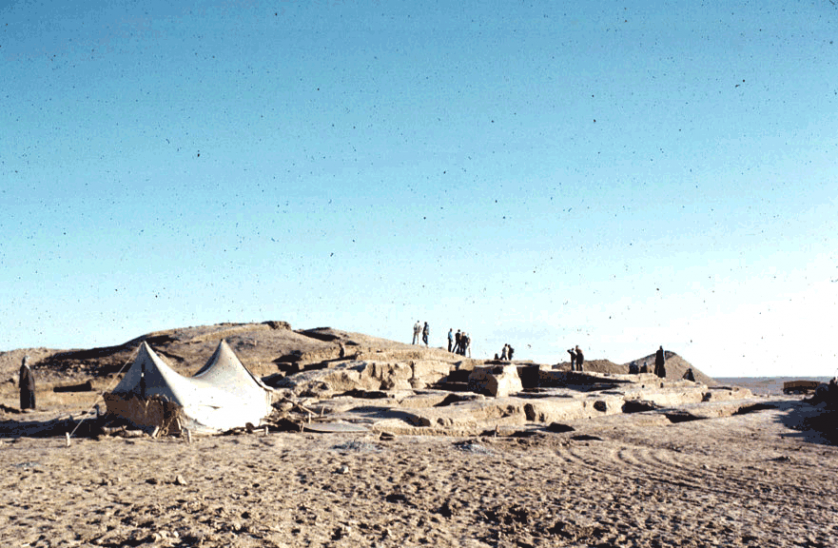|
Other Archaeological Sites / The Neolithic of the Levant (500 Page Book Online) Lagash -- Modern Telloh -- Girsu -- Hiba Modern Telloh and one of the most important capital city-states in ancient Sumer, located midway between the Tigris and Euphrates rivers in southeastern Iraq. The ancient name of the mound of Telloh was actually Girsu while Lagash originally denoted a site southeast of Girsu later becoming the name of the whole district and also of Girsu itself ... A tell (mound) site in southern Mesopotamia excavated by the French between 1877 and 1909. For many years it was thought to be the site of ancient Lagash but has more recently been identified as Girsu, possibly a religious centre within the state of Lagash though not its capital. Telloh has produced a wealth of art objects and clay tablets but little attention was paid to the architectural remains in the excavations. Most of the finds belong to the 3rd millennium BC from the Early Dynastic, Akkad and Ur III Periods and include a large number of cuneiform tablets and many fine statues of Gudea, who was governor of Lagash in the 22nd eentury BC. One of the most important tablets from Telloh is the so-called Urukagina reform text. Urukagina was the last Early Dynastic king of Lagash (mid 24th century BC on the middle chronology) and the text records a series of sweeping reforms he instituted directed against a corrupt and overpowerful palace bureacracy (AHSFC). |
